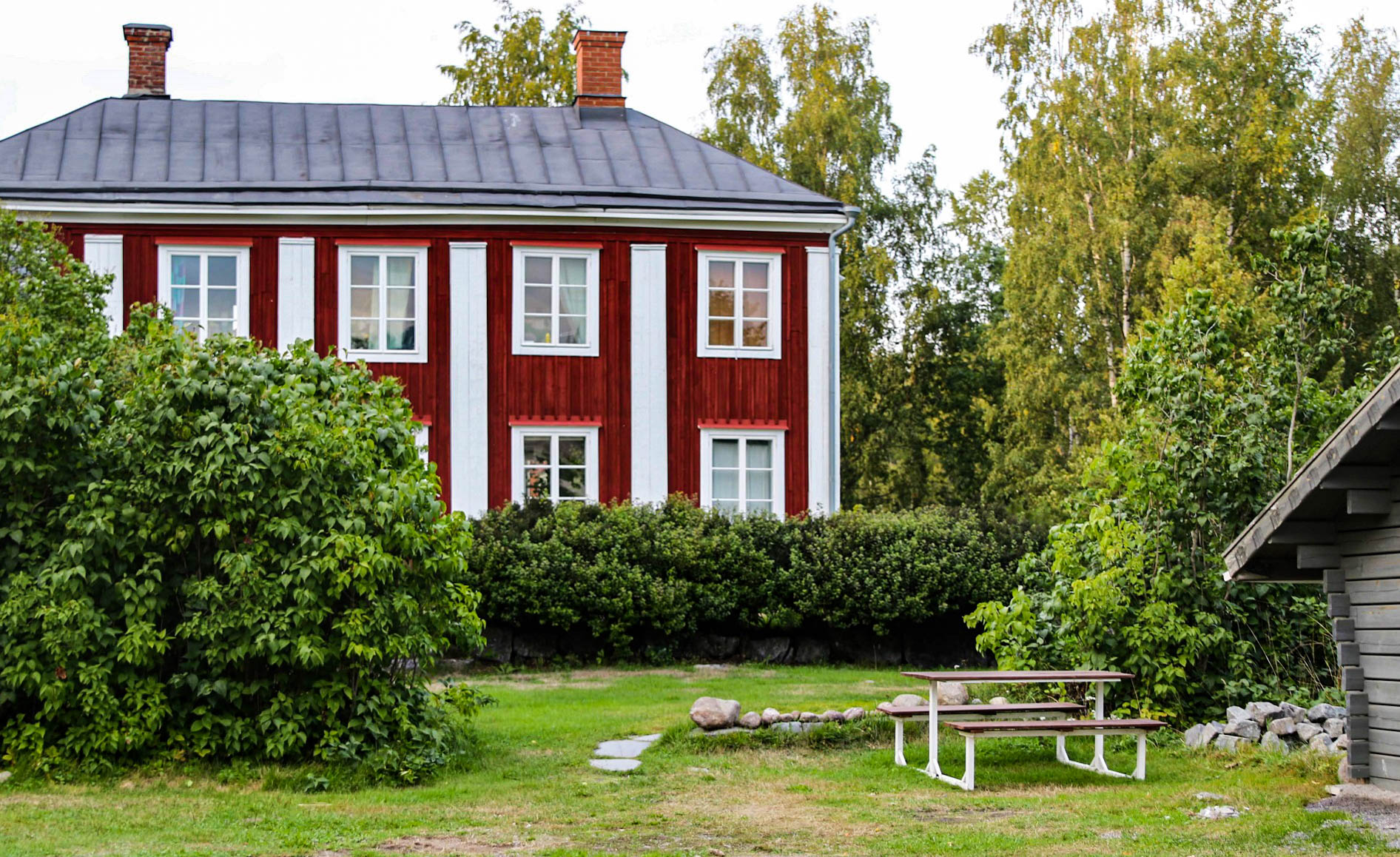Built cultural environment
The Ostrobothnian Museum serves as an expert on the cultural environment in Ostrobothnia. Its activities focus on the preservation and management of the cultural environment, but important tasks also include the documentation of cultural environment information and development work related to the cultural environment.
The museum collaborates with various authorities, associations, communities, as well as businesses and private property owners in the Ostrobothnia region.
